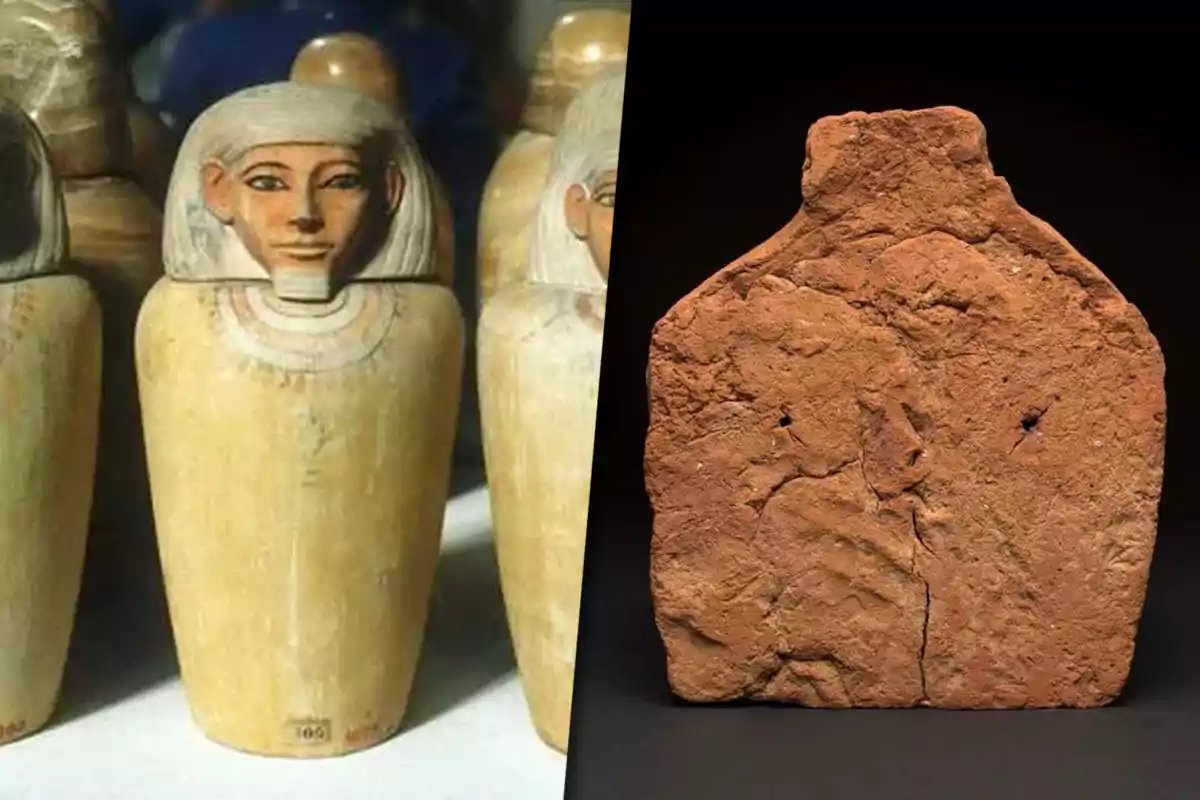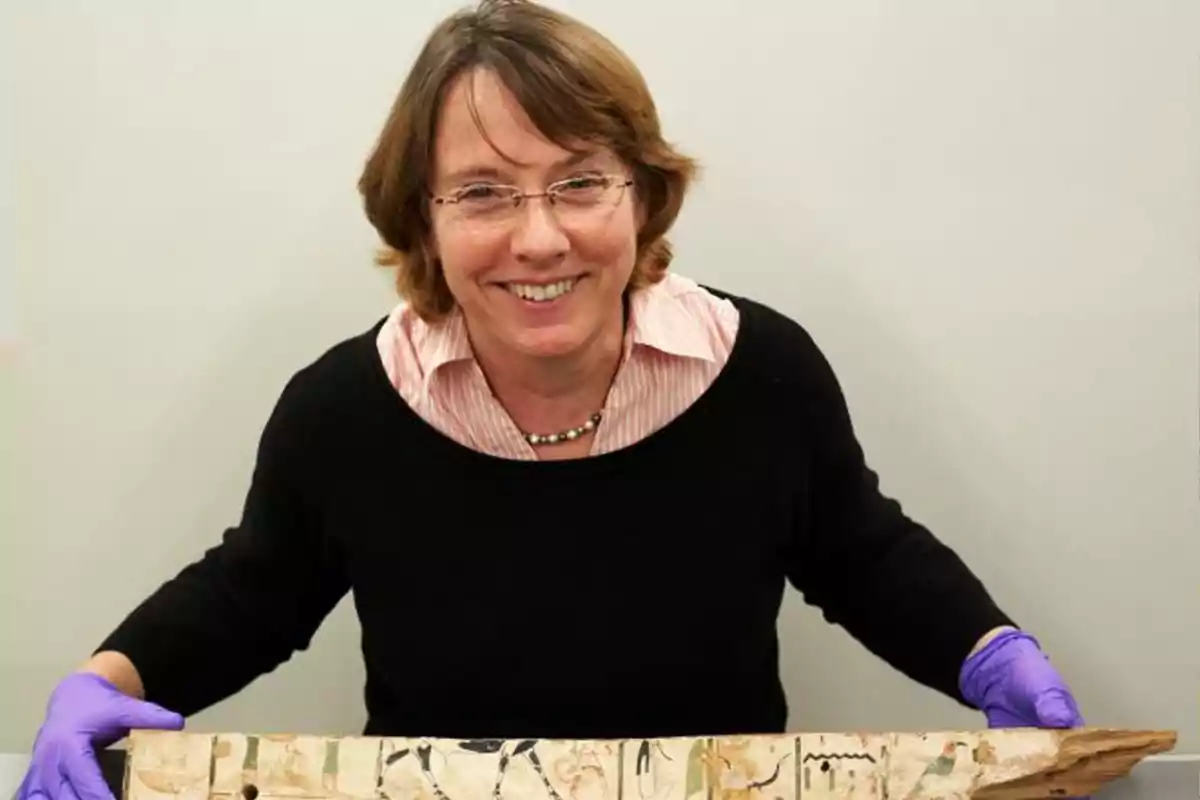
A discovery in Egypt revealed the intact footprint of a potter from 4,000 years ago.
The footprint was discovered beneath a funerary figure and is connected to an Egyptian artisan from 4,000 years ago
A team of archaeologists in Egypt has discovered a complete handprint that had remained hidden beneath a funerary figure for more than four millennia. The discovery provides a unique and direct connection with an anonymous craftsman from Ancient Egypt.
The object will be displayed in the exhibition Made in Ancient Egypt, which opens in October. It aims to highlight the craftsmanship behind the Egyptian legacy.

What exactly did they find?
During the exhibition preparations, the archaeologists found a complete and clear human handprint beneath a "soul house," a symbolic figure made of clay.
This type of structure represented a refuge for the spirit of the deceased in the afterlife. The two-story piece was crafted between 2055 and 1650 BCE, during the Middle Kingdom period.
An involuntary handprint, preserved for millennia
The experts believe the mark was made when the potter moved the clay model before it dried. That accidental action was recorded forever on the surface of the figure.

The print remained intact thanks to the object's structure, which had a skeleton of wooden sticks covered in clay. When fired, the wood was carbonized, creating an internal cavity.
An intimate connection with the past
Helen Strudwick, Egyptologist in charge of the museum's funerary collection, emphasized that although fingerprints are often found on ancient pieces, a print this complete had never been recorded before.

"This hand connects us with the individual who made it in a direct, intimate, and tangible way," she stated.
Craftsmen at the forefront of history
In addition to the archaeological impact, the discovery promotes a shift in focus: valuing the craftsmen who created the objects.
"We want to tell the story of those who made the objects," Strudwick said. Until now, Egyptian history has focused on pharaohs and elites, but this exhibition seeks to highlight everyday life.

Why is pottery so important?
Egyptian pottery was inexpensive, accessible, and ubiquitous. It was used in both funerary rituals and daily life. However, each piece provides key information about rituals, production techniques, and social organization.
More posts: